After mentioning that exercise has benefits beyond body composition, it’s time we started to look at just what those are.
I’ve mentioned a few times (here, here, here) before that exercise has more to offer than just body recomposition, strength, and/or endurance. Exercise has been shown to have many health benefits, one of which is improvement in insulin and cholesterol levels. Today’s journal club reviews a study in which researchers delved deeper into this topic.
How does diet, cardio, and/or lifting affect our ability to process sugar? How is fat distribution across the body involved? Let’s find out!
Methods
This study lasted 4 months and had only male participants. They were basically newbies to cardio and resistance exercise. Nine of them were in the diet-only group, ten were in the cardio and diet group, and ten were in the lifting and diet group. Below are the descriptive stats for the groups. As always, they’re group averages and rounded to the nearest whole number for the ease of viewing.
All participants had an initial 2 week lead-in period. The researchers used prediction equations to estimate everyone’s daily energy expenditure and then tweaked their diets over the two weeks to confirm stable weight and maintenance calories. After that, everyone had the goal of a daily deficit of 1000 calories. They all kept daily food diaries that they turned in weekly to the researchers for review and discussion. At the end of the study, there was a 2 week period in which weight was maintained and their new daily energy expenditure was determined.
The lifting group trained 3 times/week for ~45 minutes with trainers. They had a ~15 minute warm up before 30 minutes of lifting. They used machines and did 8 exercises spanning the whole body. Each exercise was done for 1 set of 12RM.
The cardio group trained 5 times/week for ~40 minutes with trainers. They did various exercises (treadmill, stationary cycling, stair-stepper, etc.) with an intensity goal of 85% of max heart rate.
All participants had their VO2 max tested pre/post study. They also had whole-body MRI scans pre/post study, to measure FM and muscle mass (not total LBM). Pre/post blood work was done to measure fasting insulin and glucose levels. As well, an “oral glucose tolerance test” was done pre/post study. That is when someone drinks a large amount of pure glucose solution (75g of glucose at once, in this case) and blood levels of glucose/insulin are measured over the following 5 hours. This is a common test in pregnant women. My wife did it using 50g of glucose.
Results
Everyone lost weight, with no statistical difference between the groups. Below are the stats for their weight loss and overall change in masses.
While the exercising groups did not gain any muscle, the diet-only group lost ~6 lbs of muscle by the end of the study.
Based on the food diaries, the average calories cut each day for the diet-only group was 1065 (+/-127), 968 (+/-222) for the diet/cardio group, and 1132 (+/-261) for the diet/lifting group. That’s not far off from what their weight-loss results estimated.
Only the cardio group improved their VO2max. Only the lifting group got stronger. The estimated EE of each cardio session was reported as 333 (+/-152) calories. The estimated EE of each lifting session was reported as 112 (+/-6) calories.
There was no change in anyone’s fasting glucose levels after the study. All groups lowered their fasting insulin levels, while the cardio and lifting groups lowered their levels nearly twice as much as the diet-only group. All groups improved their responses to the oral glucose tolerance test after the study, while the cardio and lifting groups improved twice as much as the diet-only group.
The researchers analyzed everyone’s blood work against the body composition data. They found that the visceral fat levels (not the subQ fat) were associated with the baseline fasting glucose levels, such that more visceral fat correlated with higher fasting blood glucose. Abdominal subQ fat levels (not visceral fat) were associated with fasting insulin levels, such that more abdominal subQ fat correlated with higher fasting insulin. Last, the reduction of visceral fat correlated with reductions in fasting glucose levels and improved oral glucose tolerance test results.
Thoughts & Implications
Once again, this study confirms that weight can be lost by diet alone or with exercise. We’ve discussed at least two studies that showed similar results between such groups. We also saw again how the weight is lost around our torso, only this time we saw some evidence supporting the view that our abdominal fat plays an important role in mediating insulin resistance. While many studies have shown the importance involvement of visceral fat in insulin/glucose management, subQ fat levels still play a role in insulin management. SubQ fat is not just an inert substance in our body.
Nitty Gritty
The separation of exercise groups allowed the researchers to show that exercise greatly improves insulin and glucose management, on their own. The researchers discussed other studies that have shown exercise has this effect independent of any weight changes. We do not have to lose weight to start to improve our health. Muscular adaptations to exercise have been shown to be associated with improved insulin sensitivity. The general view is that muscle plays a large role in insulin management. That said, the results of the diet-only group in this study shows that muscle’s role is still just a partial one.
Plain & Simply
Exercise has once again been shown to help maintain muscle during weight loss AND help manage insulin levels (think: preventing or easing type 2 diabetes). Furthermore, the loss of body fat brings improvements in both insulin and glucose management. Both avenues can help us improve our health and ensure a better quality of life.
If you have any questions about this study or anything I said, please feel free to leave a comment. I will get back to you and others may have insight to offer, too. If you have any questions or topic suggestions that you would like answered as a post, then please email me at robert@analyticfitness.com.
Don’t forget to like Analytic Fitness on Facebook, or follow me on Twitter or the other social medias!
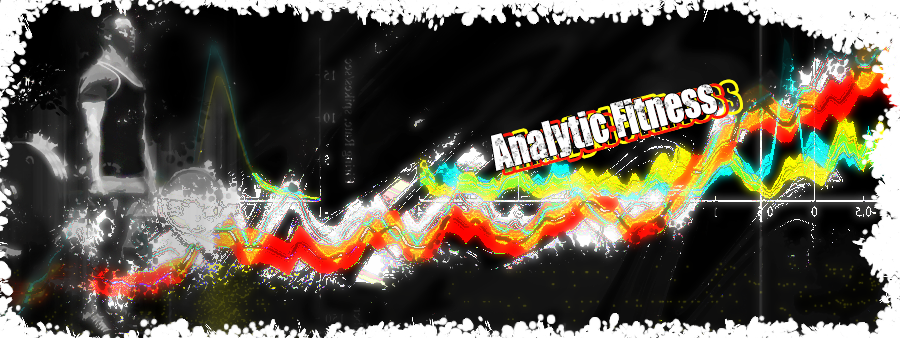
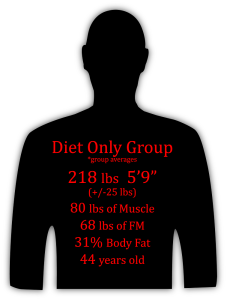
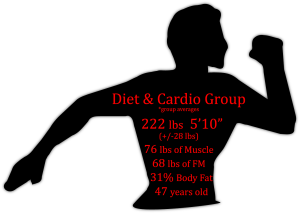
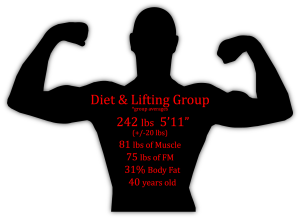


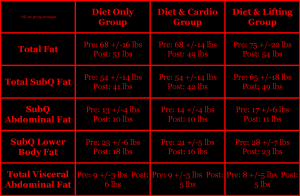




No Responses